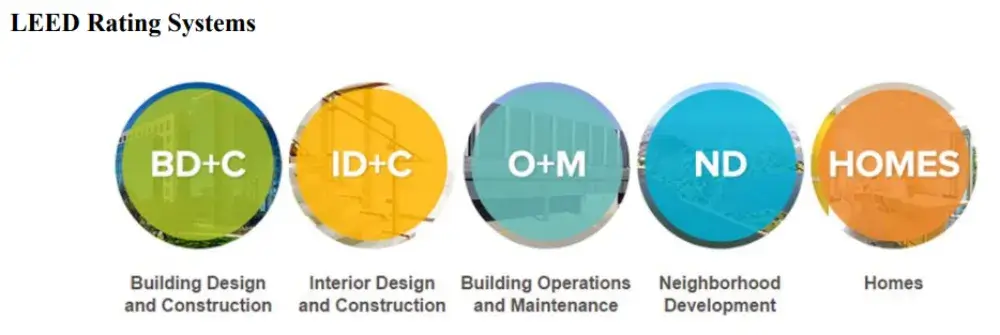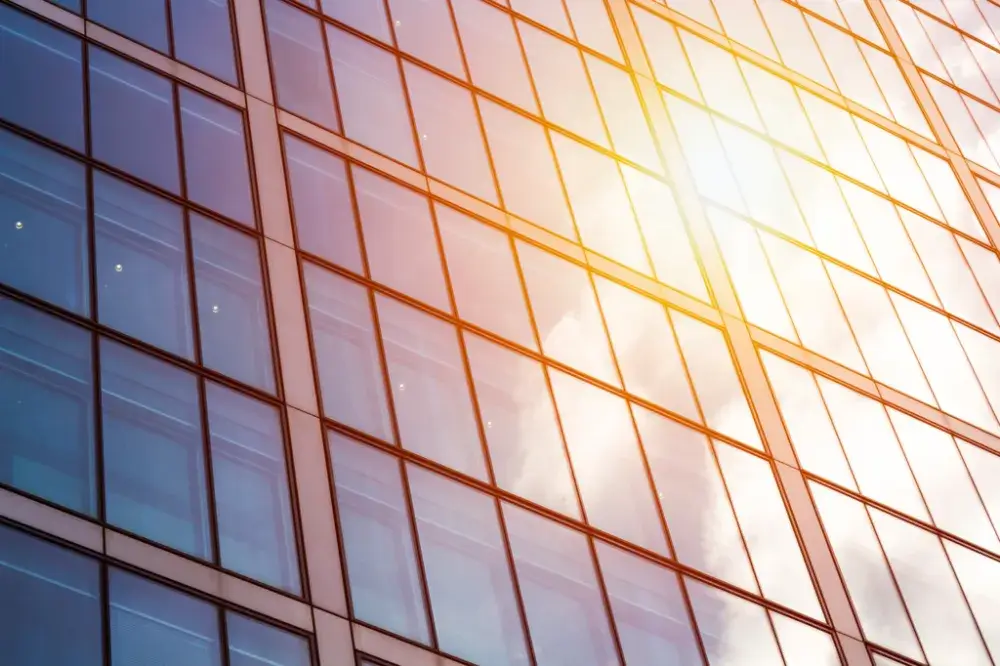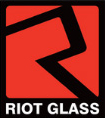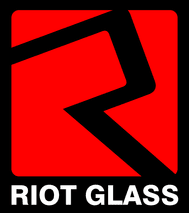Written By: Brad Campbell | June 7, 2023
Green building and sustainable design practices are becoming increasingly important in commercial architecture.
Not only do these practices help the environment, they can even earn certifications that provide tax benefits and can help attract more commercial tenants, leading to a better net operating income (NOI).
One such certification is the Leadership in Energy and Environmental Design (LEED) certification, which is a globally recognized standard for environmentally sustainable design and construction.
This certification can be awarded to any type of commercial building that meets specific criteria related to sustainable site development, water savings, energy efficiency, materials selection, and indoor environmental quality.
Since many commercial building owners and architects want to improve safety, security, and energy efficiency all at once through using different types of security glazing, they also wonder if security glass, like Riot Glass®, can help earn their building projects LEED certification.
The LEED certification process begins with a project team registering for a specific LEED rating system that best suits their project.
There are several rating systems to choose from, including LEED for Building Design and Construction, LEED for Interior Design and Construction, and LEED for Building Operations and Maintenance.

According to the US Green Building Council (USGBC), which is the organization responsible for awarding LEED certification to commercial buildings, if more than one rating system seems appropriate for a project, the project team should use the 40/60 rule to determine the best one.
The 40/60 rule states that, if a LEED certification rating system is appropriate for less than 40% of a project’s floor plan, it should not be used, and if it is appropriate for 60% or more of the floor plan, it should be used.
If one or more rating systems are appropriate for between 40% and 60% of a project’s floor plan, the project team should independently assess whether or not to use those LEED rating systems.
After selecting the LEED rating system that’s most applicable to the type of commercial building project a team is working on, the project earns points for that rating system by meeting certain requirements in specific areas.
For instance, these points can be awarded for sustainable construction achievements related to carbon, energy, water, waste, transportation, materials, health, and indoor environmental quality.
There are four categories of LEED certification for commercial building projects:
LEED certification points are not given for using specific raw materials or providers. Therefore, using Riot Glass® in commercial building projects does not earn more points on its own.
That being said, since you can earn LEED certification points for making building and design choices that improve overall energy efficiency, it’s possible for Riot Glass® to contribute to a project’s points in this area.
Riot Glass® is a line of specialized security glazing solutions designed to provide a high level of protection against forced entry, burglary, smash-and-grab theft, rioting and looting, ballistic attacks, and other threats.
Riot Glass® uses specific formulations of high-strength polycarbonates, acrylics, and other materials, combined together in multi-layered security glazing sheets that provide a unique combination of strength, clarity, and energy efficiency.
Riot Glass® glazing sheets can be used in new construction or retrofitted over existing glass surfaces, adding a layer of security and energy efficiency.
In commercial buildings, windows and doors are a significant source of heat transfer, allowing heat from HVAC systems to escape during the winter and allowing solar heat to come in during the summer. This transfer increases heating and cooling costs and reduces indoor comfort.

When you add a sheet of Riot Glass® to a window or door, it is the same as adding another pane of glass, and it thus improves energy efficiency by reducing heat gain and loss.
Riot Glass® security glazing is an effective solution to this problem because it’s harder for heat to pass through multiple sheets of glazing, especially when there is air between them, so it helps insulate buildings during cold weather to keep warm air from heating systems in.
Riot Glass® also blocks out a significant amount of solar heat during hot weather, thereby reducing the need to run AC systems constantly to maintain comfortable indoor temperatures.
Another way that Riot Glass® can improve the energy efficiency of commercial buildings is by reducing the need for artificial lighting.
Allowing high levels of natural light through a building’s windows is a crucial part of creating a comfortable and energy-efficient indoor environment.
However, to combat solar heat gain, building tenants are often forced to use traditional solutions like curtains, blinds, and drapes. This drastically reduces the amount of natural light entering the building, increases the need for artificial lighting, and drives up a building’s energy use.
Riot Glass®, on the other hand, helps combat solar heat gain while still allowing plenty of natural light to come into a building through its windows, so there’s less need to turn artificial lights on during the day.

Earning LEED certification for commercial architectural projects provides many benefits.
Although you cannot specifically earn LEED credits for using Riot Glass®, you can implement Riot Glass® solutions to improve security and energy efficiency, which may help you earn LEED points for overall energy efficiency.
We work closely with commercial building owners and commercial architects to find the right Riot Glass® solutions for their security and energy efficiency needs and goals. Contact us now for a free consultation!

HOW CAN WE HELP YOU?
